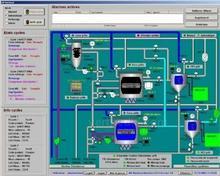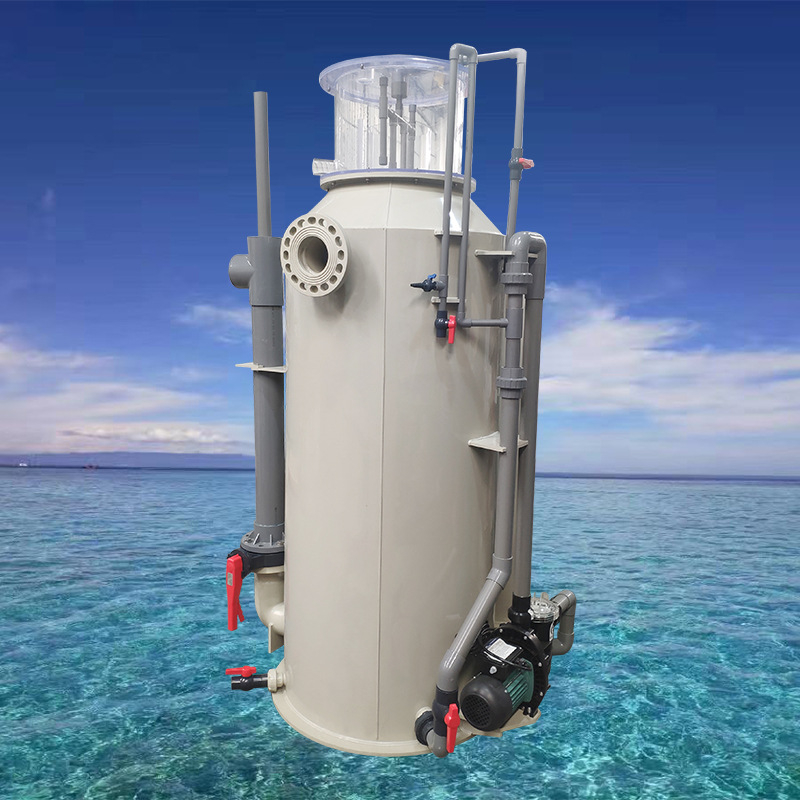 China is the world's most demanding market for human-machine interfaces, but it is not the world’s highest sales market for human-machine interface products. In the domestic automation industry, some industries that did not originally use human-machine interfaces have also started to use human-machine interfaces. This shows that the human-machine interface has become an indispensable part of the customer experience, and the user interface of the human-machine interface can better reflect the equipment. And the state of the process, and through the visual and touch effects, gives the customer a more intuitive experience.
China is the world's most demanding market for human-machine interfaces, but it is not the world’s highest sales market for human-machine interface products. In the domestic automation industry, some industries that did not originally use human-machine interfaces have also started to use human-machine interfaces. This shows that the human-machine interface has become an indispensable part of the customer experience, and the user interface of the human-machine interface can better reflect the equipment. And the state of the process, and through the visual and touch effects, gives the customer a more intuitive experience. With the development of computers and control technologies, traditional industrial control technologies have gradually been replaced by intelligent control technologies. The development of intelligent industrial control systems provides the strongest technical guarantee for the development of the industrial sector and promotes the continuous innovation and development of enterprises. The effective way.
Some machinery industries, such as machine tools, textile machinery, electronic equipment and other industries, have developed over the past decades in the country. Relatively speaking, they are relatively mature industries. In the long run, these industries still have equipment upgrades. demand. In this process of upgrading, there are indeed some small manufacturers that have been using relatively low-end products. However, there are many companies that relocate their needs in the process of equipment updates to find those that can meet their development plans. , Equipment suppliers that help them increase their productivity.
In view of this demand, the changes in the man-machine interface will change in shape, concept, and application, etc., and this will bring about a revolution in the core technology of IPC. In general, the future development trend of the human-machine interface is six modernizations: platform embedding, brand nationalization, equipment intelligence, interface fashion, communication network and energy conservation and environmental protection.
Smart Industry: It integrates all kinds of terminals with environment-aware capabilities, computing models based on ubiquitous technology, mobile communications, etc., into all aspects of industrial production, greatly improving manufacturing efficiency, improving product quality, and reducing product costs and resource consumption. Promote traditional industries to a new stage of intelligence. In general, the realization of the intelligent industry is based on the penetration and application of the Internet of Things technology, and combined with future advanced manufacturing technologies to form a new intelligent manufacturing system.
The traditional industrial automation control system mainly includes three levels, namely a device layer, a control layer, and an information layer. The function of the device layer is to connect the field device to the fieldbus network in the form of a network node. According to the protocol standard of the fieldbus, the device adopts the structure of the function module and completes the data acquisition, A/D conversion, and the configuration design. Various functions such as digital filtering, temperature and pressure compensation, PID control, etc. The control layer is the basis of automation. It acquires data from field devices, completes various control, monitoring of operating parameters, alarms and trend analysis, etc. The functions of the control layer are generally It is implemented by controllers such as industrial computers or PLCs. These controllers have network capabilities to coordinate data communication between network nodes, and also implement connection between fieldbus network segments and Ethernet segments. The third-tier information layer provides remote control. The platform is connected to the enterprise automation system and relevant production data is extracted from the control layer for making comprehensive management decisions.
From another point of view, the Internet of Things can more concretely realize the vision of “intelligence and integration†between automation and informationization. The automation industry has long been advancing towards the goal of informatization. Under the foundation of the Internet of Things, the traditional C The /S (Client/Server) architecture can be converted into a B/S (Browser/Server) architecture and has wider applications in manufacturing, smart buildings, new energy, environmental monitoring, and equipment control. Specifically, automation information cannot be used by ordinary users without information integration. Similarly, if there is only an information function, but lacks automated content, it is also useless, and both are indispensable.
Combining advanced manufacturing technology with the future is the vitality of the Internet of Things. The Internet of Things is a new round of commanding heights in the development of information and communication technologies. It is widely used and penetrated in the industrial field, and is combined with future advanced manufacturing technologies to form a new intelligent manufacturing system. This manufacturing system is still in continuous development and improvement. To sum up, the combination of the Internet of Things and advanced manufacturing technologies is mainly reflected in eight areas.
Ubiquitous sensing network technology ubiquitous manufacturing information processing technology virtual reality technology human-computer interaction technology space collaboration technology parallel management technology electronic commerce technology system integration manufacturing technology Overall, industrial intelligence is still in its infancy. The large-scale application of industrial intelligence in the industrial field is also facing some key technical issues. To sum up, there are mainly the following aspects.
Industrial Sensors Industrial Wireless Network Technology Industrial Process Modeling In addition, the large-scale application of industrial intelligence in the industrial field also faces key technical issues such as industrial integration service proxy bus technology and industrial semantic middleware platforms.
Protein skimmer
Protein skimmer is the most commonly used by aquarium and aquaculture professionals to describe the removal of suspended and dissolved waste from fish tanks by means of air floatation, which is a relatively simple process which relies on the physical and chemical properties of coagulation.
Protein skimmer enhances the oxygenation of a system both biologically and physically. Biological oxygen demand is reduced by the direct removal of biodegradable organic carbon (protein), as well as bacteria in the water column. Physically, the increased surface area provided by the injection of large volumes of air (in the form of small bubbles) into a column of water creates a condition for gas exchange. The addition of a small dose of ozone to the process, with its coagulative and disinfectant properties, makes skimming possibly the best component one could add to a modern life support system for Aquaculture.

Protein Skimmer,Protein Skimmers,Protein Skimmer for Aquaculture,Aquaculture Protein Skimmer,Sea Water Protein Skimmer
YIXING HOLLY TECHNOLOGY CO.,LTD. , https://www.watertreatment-machine.com
